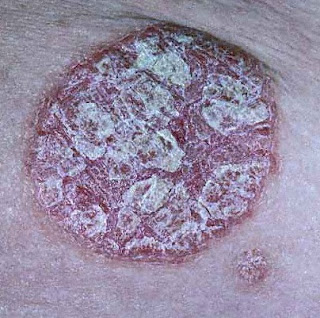There are so many people that I talk to, basically daily, that have been jaded about running and say that they are bad at it, so they don’t do it. I used to be the exact same way, but when you think about it, that is a really strange statement, right? I mean, our bodies are created to walk and run, since the days of cavemen; its how we have survived as beings for ages to run away from our enemies or to get food, etc. So, in essence, no one is a “bad” runner or isn’t “good” at it, we all just have our own ways of doing things; some people may need to work on breathing techniques, some people have different dis/abilities, and most people just need to learn how to start right!
Don’t set yourself up for failure:
When I was younger, I used to decide to go running, strap on my shoes, get out there with my walkman (that weighed roughly 10lbs) and just go….for like .5miles then crap out. Why? Well, I didn’t really know what I was doing or how to pace myself, so I basically would sprint, not breathe well, feel like I was dying, then stop. The next day feel sore and not do it again for a month. I was setting myself up for failure, I just didn’t realize it. Back then, there weren’t all of these cool things that we have now though like ipods, and non-dial up internet! So, the first step is to decide that you just need your two legs to get running, and you actually want to do it, then we get some goodies and support to get you running.
What can I do for support to start out?
For starters, there is a program called “couch to 5K” where literally it works out a running program so get you up to a 5K from being someone who doesn’t run at all. You walk/run in a series that isn’t too overwhelming and will allow you rest periods, and help you if you go to fast, to give recovery periods so you can figure out your own pace; it doesn’t focus on a fast pace, just doing it! When I was younger, I used to feel really silly if I stopped and walked whilst running, like I was going to be judged for stopping…you know what? You’re out there doing it, and can’t be worried about being judged; you aren’t doing it for anyone other than you!! You can download the couch to 5K app to your favorite MP3 player, and it will give you cues as to when to walk and when to run during your workouts. The web site outlines a workout plan that does the same, so wether you want to do the program yourself or have the cues on your MP3 player, you have options!
Now I’ve started, what can I do now?
If you want to take a different route (pun intended), and just stink at pacing yourself, as I do, get the Nike+ shoes and ipod sensor and if you don’t want to use Nike’s, you can get the shoelace sensor
that works with your ipod to help pace you, tell you your distance, and you can set workouts for yourself, etc. After a long workout or faster pace, you get a little “way to go” message from various athletes (Lance Armstrong, etc) as an extra pat on the back!
Also, do a little google search and look for running groups in your area. There are always a ton on craisglist (within the US) or gumtree (good for mostly outside the US) and people are very honest with their level of running, and really just want someone to run with! I’ll be honest, I run pretty fast by myself, but am happy as a clam to run at a slower pace just to run with someone and have some company…it makes it so much better and more enjoyable. Plus, if you have a dog, get them going, they will love it, be exhausted, and you will see a bunch of health benefits for them too (like puppies that are tired, don’t have energy to CHEW!!)
Talk to other runners, find friends on facebook, and get the word out there that you are just starting…I am sure that you will find others to run with!
What if my problem is breathing?
Try going to yoga classes first OR get a beginners yoga DVD to do at home OR a beginners breathing DVD (meditation). Sounds silly, but there are good ways to breathe and bad; some people tend to hyper ventilate (short quick deep breaths) and that doesn’t help to bring extra oxygen to your muscles and it only builds up CO2, and you are going to feel like crap and stop running. Learning to slow your breath, and taking slower moderate to deep breaths during running will help to exhale excess CO2 and lower the build up of lactic acid, by allowing more oxygen to get to the cells that need it (in your muscles).
Those are the three major issues that most people face when starting to run, besides having the gumption to go out and do it! I am not saying that you have to run, but I am just saying that you CAN run; everyone can, it is just getting started and doing it the right way that is key. So, if you ever said that you wanted to start running, or have tried in the past and failed, give these options a try, and use your support systems, you will succeed, and you will feel great knowing that you use a form of exercise that you can do anywhere in the world at any time…no gym needed!!
If you want it, it is yours, just set yourself up for success!
Yours in Good Health
B














